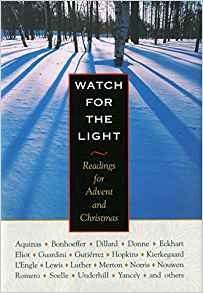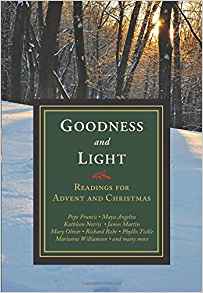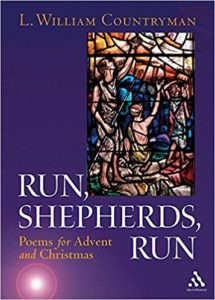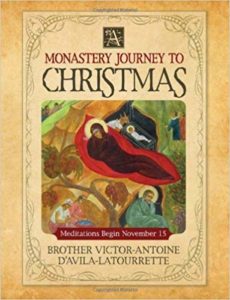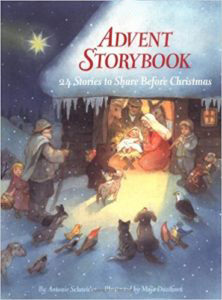
Spiritual intuition has always preserved a clear consciousness of all that waits upon this Birth: the sudden passionate exultation of the angelic world, all its charitable desires fulfilled, all the sacramental manifestation of created things, leading, pointing, to the Crib. Heaven and earth embracing one another: the very being of humanity, its manhood, crowned by this incarnation, and snatched up to a correspondence with the Real. Solemnly announced and long prepared, yet when the hour strikes, when that new life, veritably our own, is seen before us, and “Man stands in the New Birth”: then all that had gone before is obliterated, all gives place to this, to “the wonder of wonders, the human made Divine.”
—from The Spiral Way by Evelyn Underhill
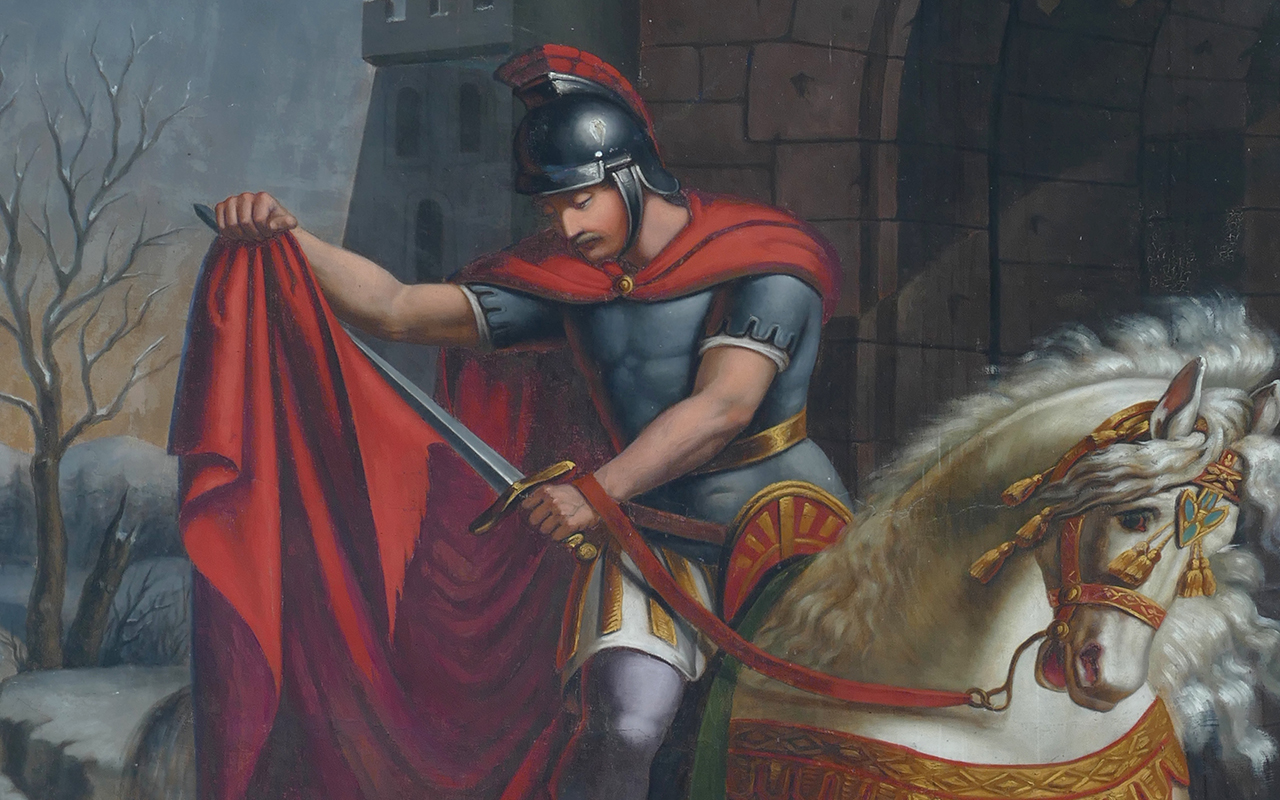
Most of us in the Christian world have come to expect a four week-long Advent each year, starting sometime near the end of November and ending on Christmas Day. In the past, however, Advent was observed during a seven week period in much the same manner as Lent, though with slightly less emphasis on penance. This longer Advent season earned the name “St. Martin’s Lent” because it historically began on the day after the Feast of St. Martin of Tours (November 12th) and ended, just like today, on Christmas Day. It was also called, variously, “St. Martin’s Fast” and “The Forty Days of St. Martin.” St. Francis of Assisi referred to it as the “Christmas Fast.”1
In an eighteenth century book entitled The Moveable Feasts, Fasts, and Other Annual Observances of the Catholic Church, author Rev. Alban Butler discusses the ancient practice of St. Martin’s Lent, writing,2
[St. Martin’s Lent] was formerly observed, even by the Laity, with Abstinence from Flesh, and with a rigorous Fast, in some Places, by Precept, in others of Devotion, and without any positive Obligation, though universal. The first Council of Maçon, in 581, ordered Advent from St. Martin’s to Christmas-day three Fasting Days a Week, Mondays, Wednesdays and Fridays; but the whole Term of forty Days, was observed with a strict Abstinence from Flesh Meat.—Alban Butler
Wouldn’t it be wonderful if we were to take up, again, St. Martin’s Lent as a spiritual practice? In recent years I’ve heard of people embracing the concept of an “extended” Advent, but I feel there’s something missing in that gesture if all we’re doing is just adding extra time or extra candles. Advent—like much of the important days of the Christian year—has been almost completely secularized. Many people, even some Christians, think that Advent starts on December 1st, instead of the variable dates of the Church calendar. Perhaps reclaiming a bit of the penitential aspect of Advent could help to bring our attention back to the mystery of the Incarnation—Immanuel, God with us.
St. Martin’s Example
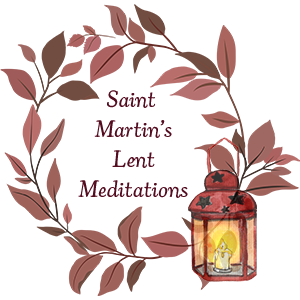
Advent is about waiting for the birth of Christ, but it is also about waiting for the return of Christ. While we celebrate the first arrival, we turn our eyes toward the second. I plan to observe St. Martin’s Lent this year—I want to brush away a bit of the superficial film that the Advent season seems to have accumulated from the secular world. I will take St. Martin’s own life as my lead, and attempt to follow the example of his legendary charity, as we move through the Advent season toward Christmas (you can learn more about St. Martin by reading the Meditations I’ve put together).
What about the candles?
Truthfully, I am still contemplating how best to approach this aspect of a longer Advent season, but I am leaning toward observing the first three weeks sans (without) candles, and then following the normal four-candle schedule (purple, purple, pink, purple) for the rest of Advent. So, I will eat my fill on Martinmas, and then move into a more penitential space—prayer, almsgiving, and fasting (Monday-Wednesday-Friday)—until Christmas. If you’re looking for some contemplative reading material to get you through a longer Advent season, I would highly recommend for adults: And, for children, you might consider: NOTES ENDNOTES Clip art on this page created by elements © J Mattson Johnson, Skandia Design Studio; © Tany Nogueria. Painting of St. Martin licensed under CC BY 2.0.
Recommended Reading

Note 1 Those who regularly eat meat may wish to abstain during St. Martin’s Lent, as was common practice in prior ages.
1 Maya George, Faith and Philosophy of Christianity (Delhi: Kalpaz Publications, 2009), p 284
2 Alban Butler,The Moveable Feasts, Fasts, and Other Annual Observances of the Catholic Church (London: C. Kiernan, 1774), p 98

